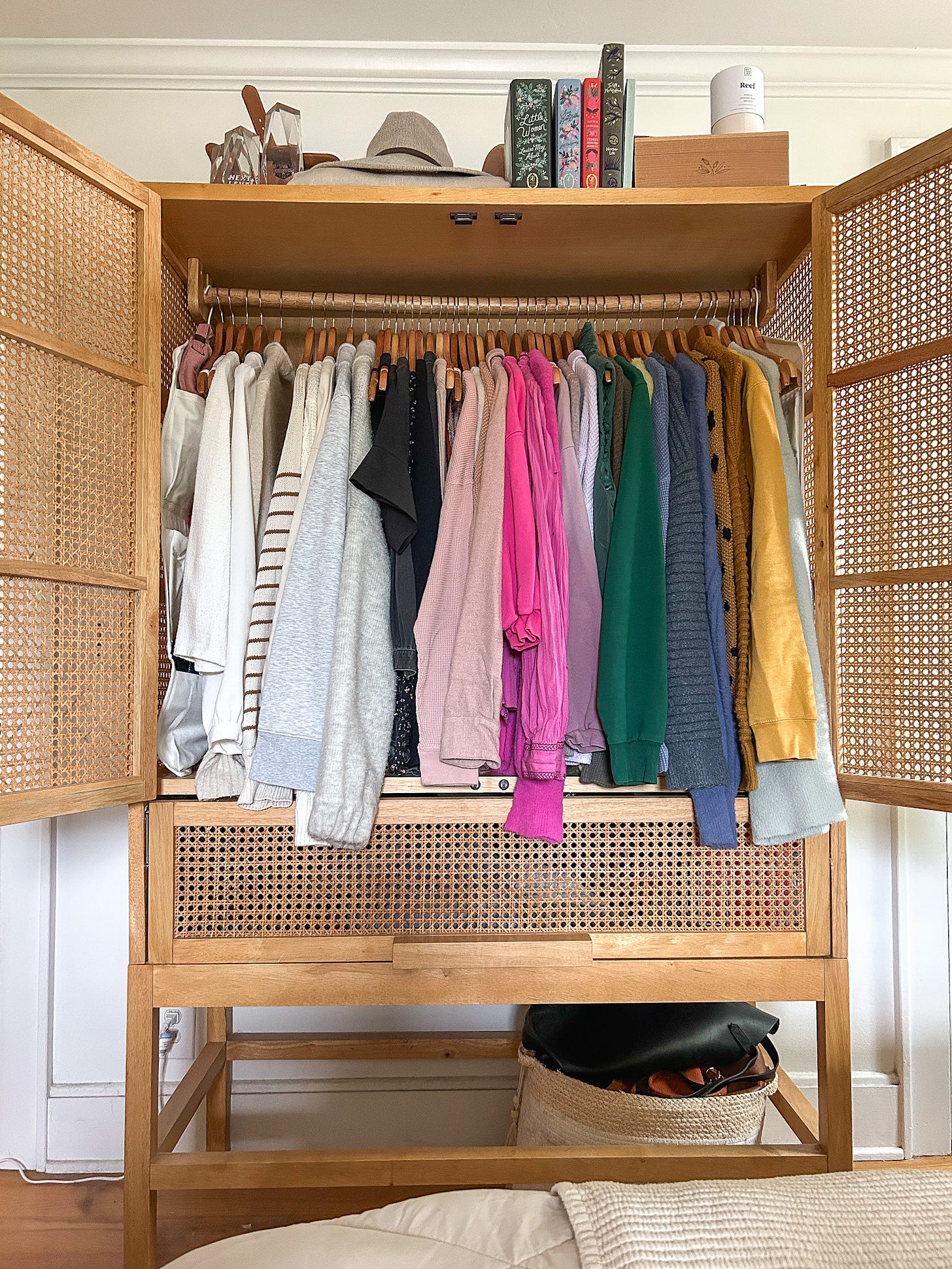I Stopped Buying New Clothes for a Year
Here’s What I Learned (and Why You Might Want to Try It Too)

Every September, when my birthday rolls around, I feel deeply grateful for another year on earth with the people I love. At the same time, I also feel an urge to grow—to evolve in small, meaningful ways. I want my next trip around the sun to be an opportunity to know myself better and to leave the world a little better than I found it.
In the weeks leadi…




